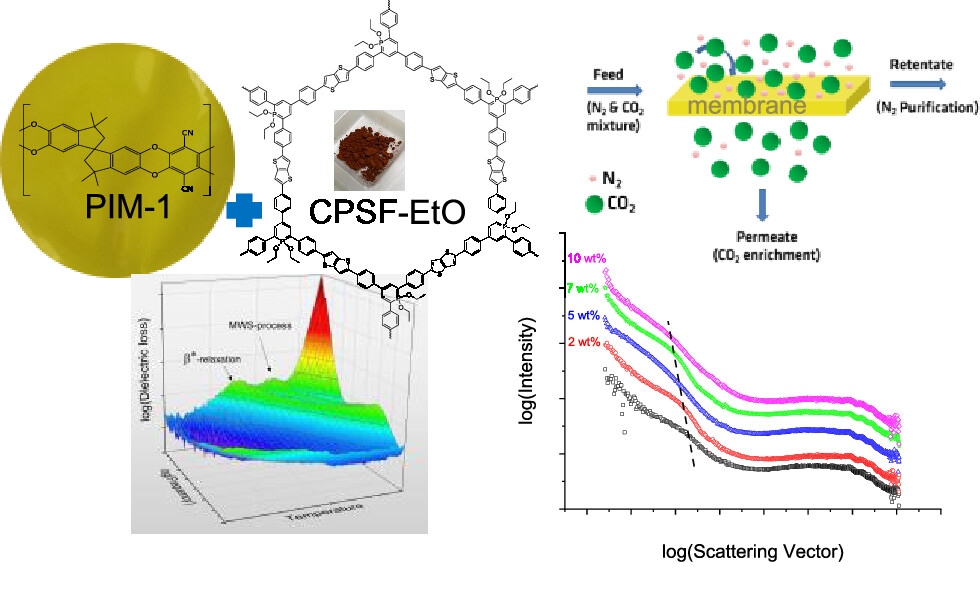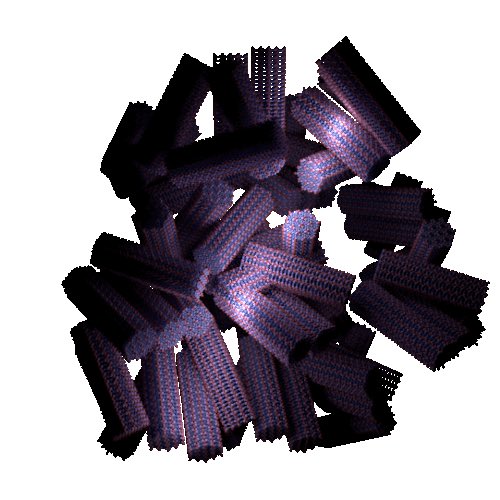Li,* G.; Liu, Y.; Schultz, T.; Exner, M.; Muydinov, R.; Wang, H.; Scheurell, K.; Huang, J.; Szymoniak, P.; Pinna, N.; Koch, N.; Adelhelm, P.; Bojdys,* M. J. Angew. Chem. Int. Ed. 2024. DOI: 10.1002/anie.202400382 [OPEN ACCESS]
 Innovative research has brought us closer to sustainable battery technology with a breakthrough in sulfur-based cathodes. Traditionally, lithium-ion batteries—central to electronics and electric vehicles—rely on scarce materials like cobalt. Sulfur offers a greener alternative due to its abundance and impressive theoretical capacity of 1675 mAh g-1.
Innovative research has brought us closer to sustainable battery technology with a breakthrough in sulfur-based cathodes. Traditionally, lithium-ion batteries—central to electronics and electric vehicles—rely on scarce materials like cobalt. Sulfur offers a greener alternative due to its abundance and impressive theoretical capacity of 1675 mAh g-1.
A major challenge with sulfur has been the “sulfur-shuttle” effect, where sulfur’s mobility leads to rapid battery degradation. However, a recent study introduces a novel solution: encapsulating sulfur within a microporous, imine-based polymer network directly on the current collector. This one-pot synthesis approach not only streamlines production but also significantly boosts battery performance.
This innovative cathode design enables selective electrolyte and Li-ion transport while robustly containing the sulfur, delivering high performance across discharge rates—from 1360 mAh g-1 at 0.1 C to 807 mAh g-1 at 3 C. Advanced analysis through DFT calculations and operando Raman spectroscopy has shown that the polymer’s imine groups enhance polysulfide binding, effectively reducing degradation.
This breakthrough paves the way for sulfur-based cathodes to become a viable alternative to metal-based ones, marking a significant step toward greener, high-performance battery technologies. Keep an eye on this space—sulfur could be the future of batteries!
[Press-release] ICSMB “Revolutionary development in the field of battery technology through innovative sulphur cathodes”






